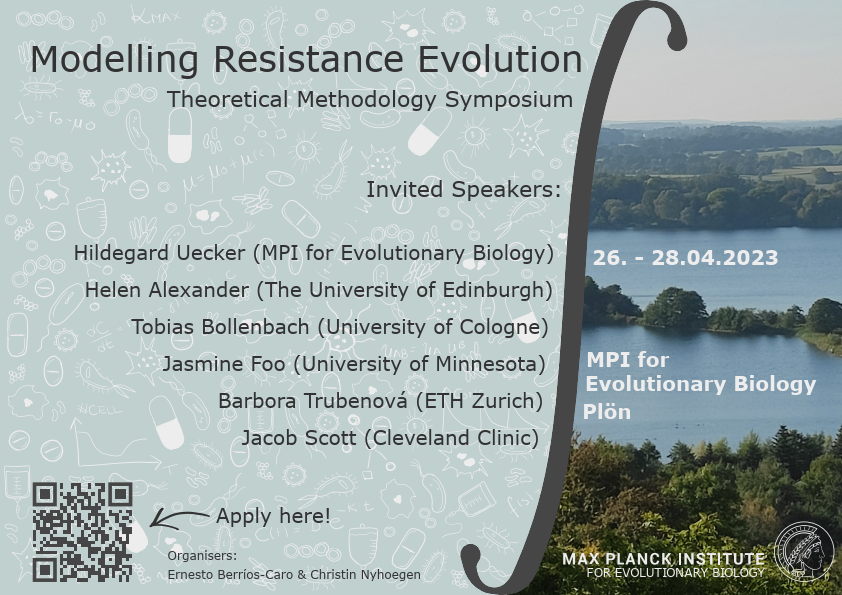Speaker
Description
Evolutionary Graph Theory (EGT) aims to understand the interplay of natural selection and genetic drift in spatial structures. A spatial structure is modelled as a graph with nodes representing asexually reproducing individuals, and edges dictate the interaction among these individuals. Based on the fixation probabilities of mutants on graphs, graphs are mainly categorised as amplifiers of selection and suppressors of selection. Studying fixation-related properties of various graphs has been the focus of EGT. In our work, we study Moran origin fixation dynamics on graphs by allowing mutations to appear continuously with mutants fitnesses sampled from a continuous fitness space. As expected, structures that amplify selection attain higher steady-state average fitness in the mutation-selection balance than the complete graph. Interestingly, we also found that a suppressor of fixation, a structure having lower probabilities for fixing mutants regardless of their fitness values, beats the complete graph in the long-term mutation-selection dynamics by attaining higher average fitness. This happens because of the suppressor's ability to reject deleterious mutants more efficiently, thus compensating for its lower fixation probability to fix beneficial mutants. Similarly, an amplifier of fixation, a structure with a higher probability of fixing mutants regardless of their fitness values, attains lower steady-state average fitness than the well-mixed population. This happens because of the amplifier's poor ability to reject deleterious mutants. Moreover, by randomly generating graphs, the amplifiers and suppressors of fixation are found to be in abundance. And interestingly, all the found amplifiers (suppressors) of fixation attain lower (higher) steady-state average fitness than the complete graph. These results illustrate the importance of the deleterious mutant regime in steering long-term evolution, which, to our knowledge, has been overlooked in the literature on adaptive evolution.

